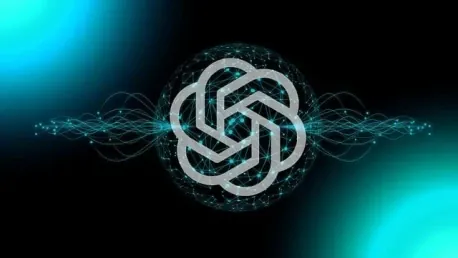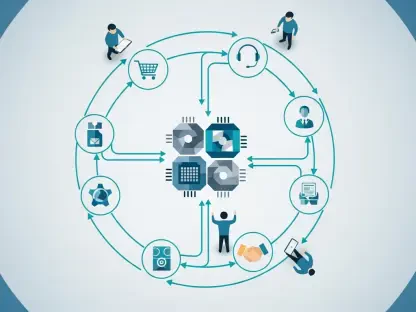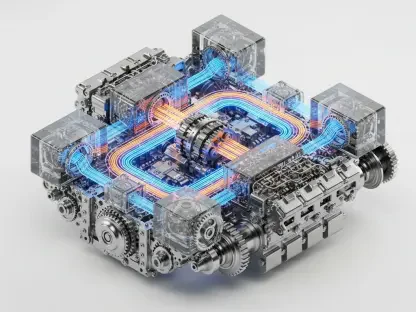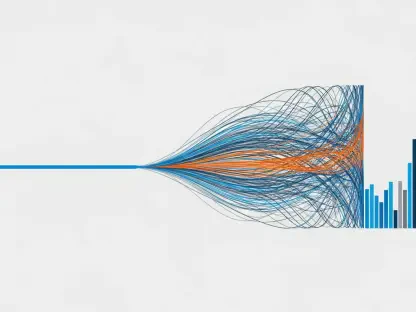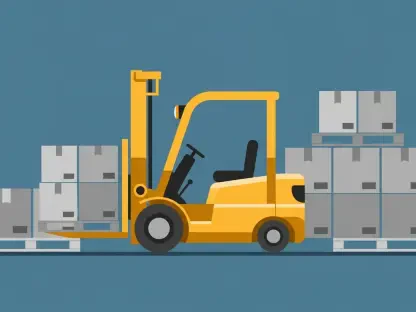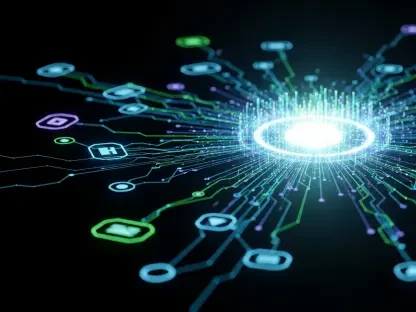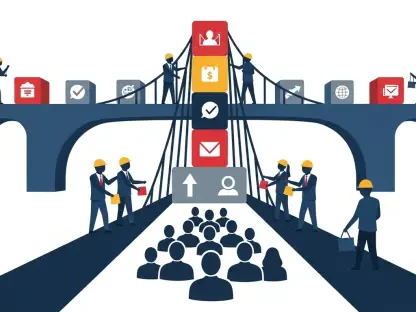In the ever-evolving field of artificial intelligence, overcoming the performance limitations of large language models (LLMs) like GPT-3.5 and GPT-4 continues to be a challenging yet essential goal. Despite their impressive capabilities, these models often hit a plateau, constrained by the limits of available training data and traditional fine-tuning methods. Researchers are constantly striving to develop innovative approaches to push these boundaries further, ensuring both improved performance and enhanced diversity in responses.
The Need for Multiagent Fine-Tuning
Limitations of Traditional Fine-Tuning Methods
Traditional fine-tuning methods, including human-in-the-loop techniques like Reinforcement Learning with Human Feedback (RLHF) and distillation, have been fundamental in refining LLMs. They involve harnessing human feedback or utilizing larger models to hone the responses of smaller, more adaptable ones. However, these methods tend to encounter diminishing returns after a few iterations, making them less effective for sustained improvement. Self-improvement techniques like rationale generation and self-play allow models to generate their own fine-tuning data, but similarly, their efficacy tapers off over time.
The core challenge is that while these methods can yield substantial initial gains, they often fail to maintain momentum, resulting in performance stagnation. By introducing a more dynamic and interactive approach, researchers hope to break through this barrier. The novel method of multiagent fine-tuning presents a promising alternative, poised to address these limitations by fostering continued advancement and diversity.
Multiagent Interactions: A New Paradigm
To transcend the constraints of traditional fine-tuning, researchers from prominent institutions like MIT, Harvard, Stanford, and Google DeepMind have proposed a multiagent fine-tuning methodology. This method leverages multiple LLMs derived from the same base model, each independently fine-tuned through a framework of multiagent interactions. The essence of this approach lies in categorizing these models into generation agents, responsible for producing responses, and critic agents, who evaluate these responses.
This structured interaction creates a feedback loop that encourages models to specialize and diversify, resulting in more sustained and significant improvements over several iterations. The dynamic between generation and critic agents ensures a continual cycle of production and evaluation, fostering an environment where specialized language capabilities flourish. This iterative process not only refines the outputs but also preserves diverse reasoning chains that are otherwise potentially lost in single-agent systems.
Evaluating Multiagent Fine-Tuning Efficacy
Testing on Language Reasoning Tasks
To validate the efficacy of this multiagent fine-tuning approach, researchers conducted tests on various language reasoning tasks, including Arithmetic, Grade School Math (GSM), and MATH. These tasks were carefully chosen to assess both basic and complex reasoning capabilities. Performance evaluations were primarily based on accuracy and standard error, providing a clear metric for comparison against traditional single-agent baselines. The results were promising, with the multiagent approach consistently demonstrating superior performance.
Notably, the approach showed significant enhancements in more complex tasks such as GSM and MATH, highlighting its potential to tackle challenging language reasoning problems. The process of generating a fine-tuning dataset through multiagent debate and subsequently using it to specialize models plays a crucial role in these advancements. The iterative interactions between agents result in refined outputs, culminating in a majority-voted final result that represents a consensus-driven excellence.
Sustained Performance and Specialization
One of the standout features of the multiagent fine-tuning framework is its ability to maintain sustained performance improvements over multiple rounds of fine-tuning. Unlike traditional methods that quickly hit a plateau, this approach ensures a continuous trajectory of advancement. The feedback loop involving generation and critic agents fosters an environment where models not only improve but also diverge in their specialized reasoning capabilities.
This method underscores the importance of diversity in model responses, promoting a variety of reasoning chains that enrich the overall quality of outputs. While resource-intensive, requiring substantial GPU memory and processing time, the gains in performance and specialization justify the investment. Additionally, the framework’s versatility in being applicable to both open-source and proprietary models further enhances its appeal, offering a robust solution to the limitations of traditional fine-tuning techniques.
Future Prospects and Conclusion
Potential Integrations and Resource Implications
Despite the significant advancements brought about by the multiagent fine-tuning method, researchers acknowledge the need for further refinements. One potential avenue is the integration of human feedback mechanisms like RLHF or Direct Preference Optimization (DPO). These enhancements could provide additional layers of nuanced refinement, ensuring even more precise and adaptive model responses. However, the resource implications of such integrations cannot be overlooked, as they necessitate substantial computational power and time investment.
This area of research remains a fertile ground for innovation, inviting further exploration to optimize the balance between resource allocation and performance outcomes. The frameworks developed so far demonstrate the potential of multiagent interactions to revolutionize LLM performance, but there is still room for incremental improvements that could yield even more significant gains.
Broader Implications and Call to Action
In the rapidly advancing realm of artificial intelligence, a key challenge remains overcoming the performance limitations of large language models (LLMs) like GPT-3.5 and GPT-4. These models, despite their remarkable capabilities, often face constraints that hamper their full potential. The primary limitations stem from the finite amount of training data available and the conventional methods used for fine-tuning. As the field progresses, researchers are dedicated to developing innovative strategies to push these performance boundaries further. Their goal is not only to enhance the overall performance of these models but also to ensure a greater diversity in the responses they generate. This relentless pursuit for improvement aims to push the boundaries of what these models can achieve, ensuring they evolve to meet ever-increasing demands and expectations. By addressing these challenges head-on, the AI community hopes to unlock new levels of potential, thereby advancing capabilities and applications of LLMs to unprecedented heights.
